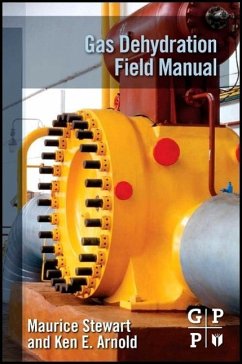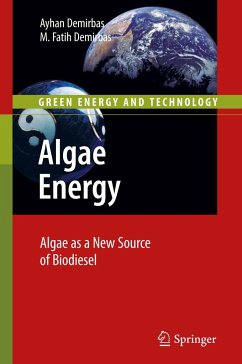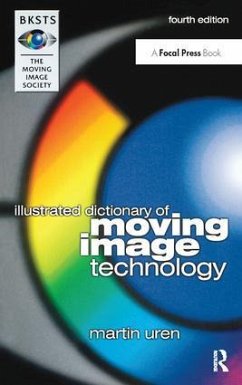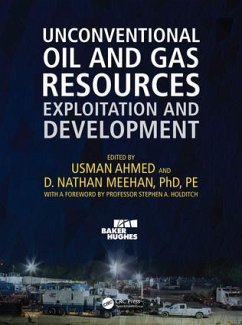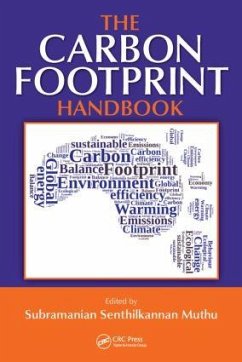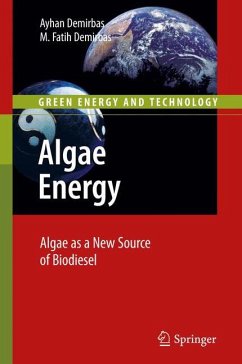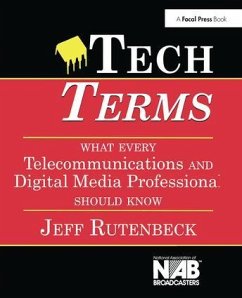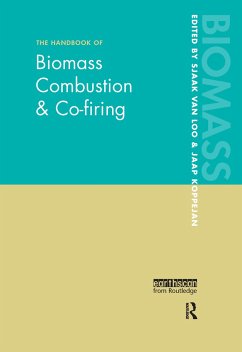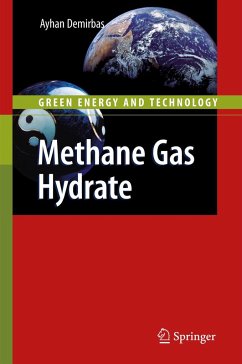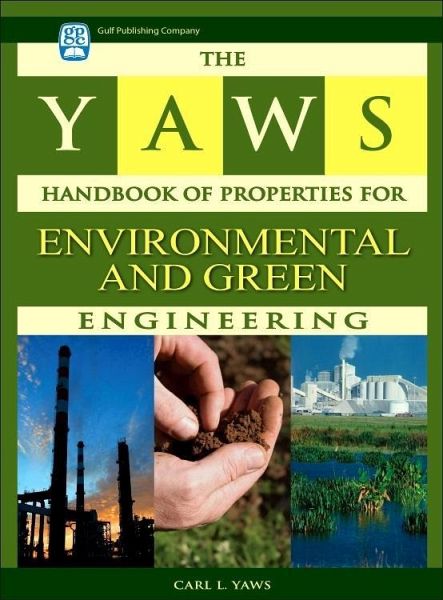
The Yaws Handbook of Properties for Environmental and Green Engineering
Versandkostenfrei!
Versandfertig in über 4 Wochen
164,99 €
inkl. MwSt.

PAYBACK Punkte
82 °P sammeln!
Environmental concern is more and more prevalent in the energy field. Whether it is the elimination of waste from a chemical spill, water pollution or ecological destruction, the removal of pollutants is an increasingly upfront engineering priority. To explain the fundamental properties of environmental and green engineering, well-known professor and author Carl Yaws delivers a comprehensive volume containing all the basic principles that are advantageous in design, operations, research, development, manufacturing and safety for the scholarly and practicing engineer. Topics include adsorption capacity of activated carbon, solubility in water, Henry's law constant for gases in water, as well as threshold limit value and permissible exposure, a critical component to process design and operation specifications established by OSHA. Providing over 4,000 hydrocarbons and chemicals, this well-balanced handbook greatly exceeds the coverage that other chemical and environmental books offer.
Environmental concern is becoming more and more prevalent in the energy field. Whether it is the elimination of waste from a chemical spill, water pollution or ecological destruction, the removal of pollutants is an increasingly upfront engineering priority. This extensive technical book contains all the basic environmental and green properties of hydrocarbons and chemicals that are advantageous in design, operations, research, development, manufacturing and safety for the petroleum, chemical and environmental engineer. Chapters involve octanol-water partition coefficient, a significant instrument of control in ascertaining the environmental fate of substances; soil sorption coefficient, an important property in determining the fate and transport of chemicals in soils and sediments; and the threshold limit value and permissible exposure limit, which was established by OSHA (Occupational Safety and Health Administration) and is significant for meeting governmental regulations. Providing over 4,000 hydrocarbons and chemicals, this well-balanced handbook greatly exceeds the coverage that other chemical and environmental books render.




